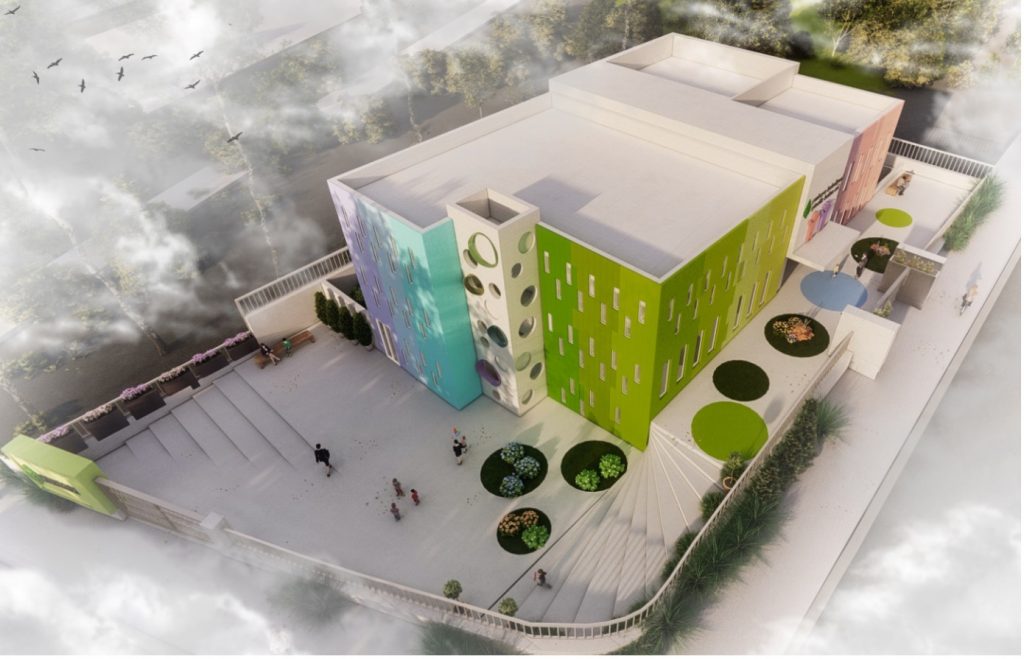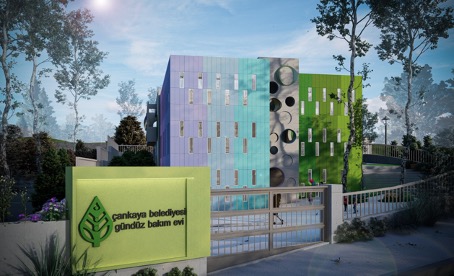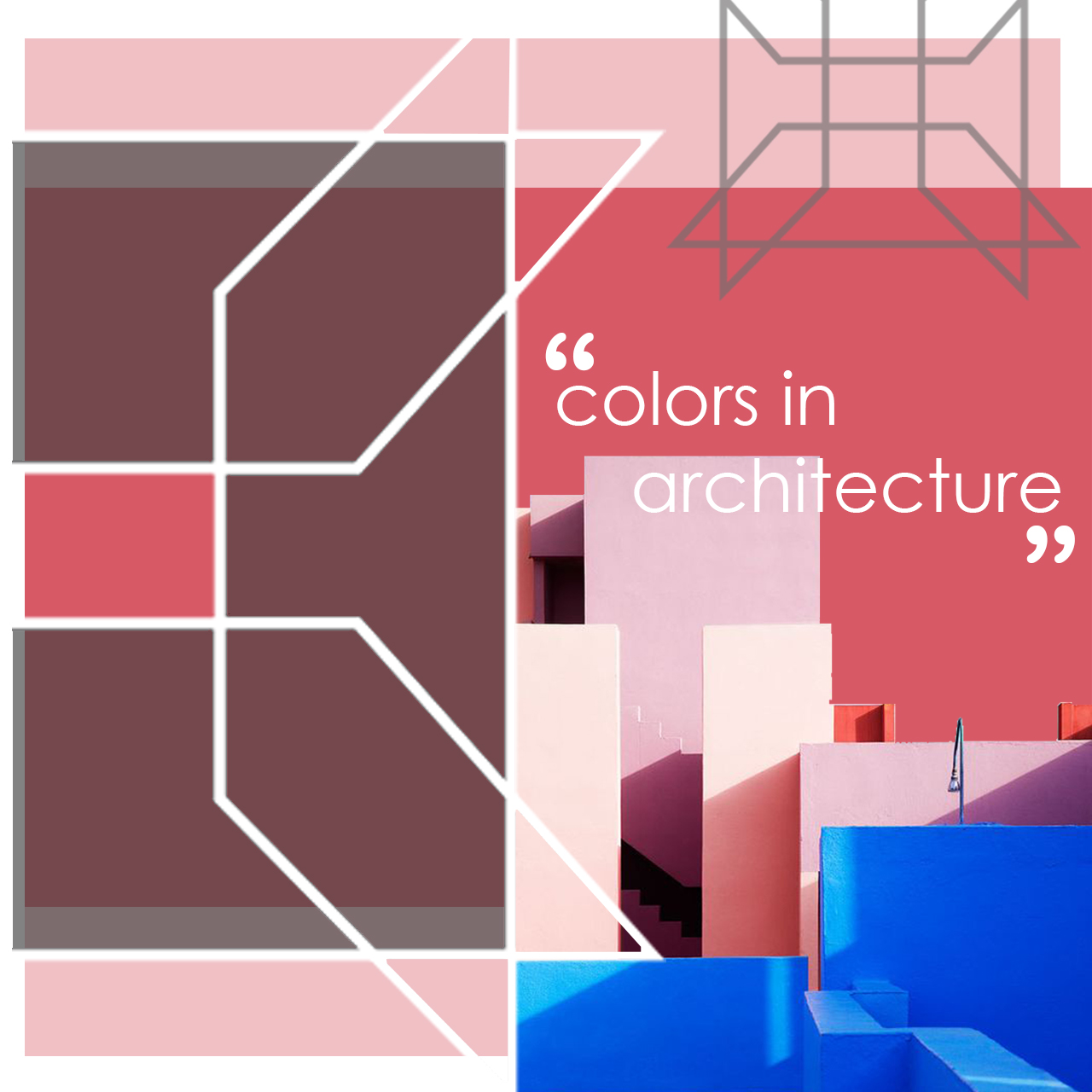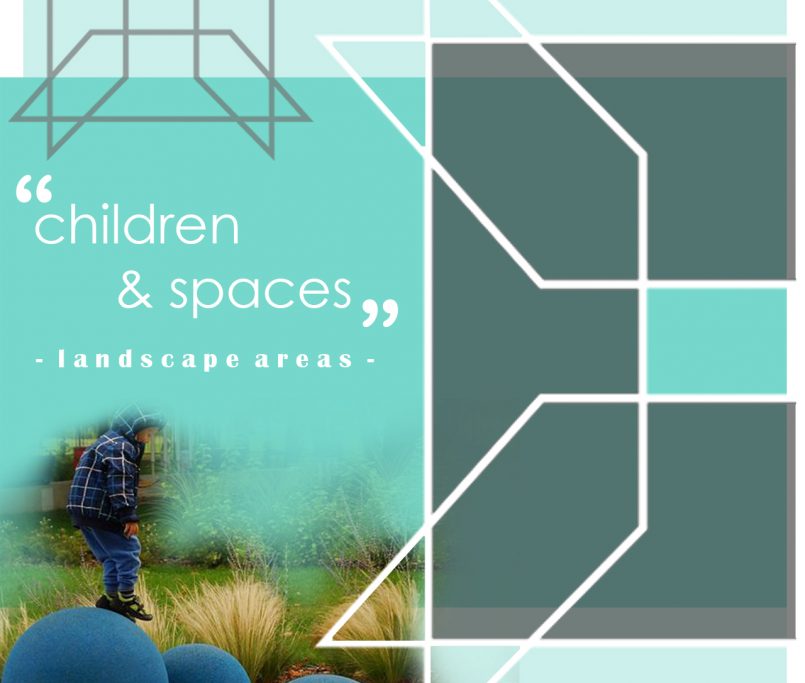Colors in Architecture
The Use of Colors on Facades
Architecture is a very dangerous job. If a writer makes a bad book, eh, people don’t read it. But if you make bad architecture, you impose ugliness on a place for a hundred years.” – Renzo Piano
That is indeed true; facades make up the face of buildings, and buildings make up the identity of cities.
Of course, building design should be approached as a whole, and the facade is much more than just a surface motif. The facade is a transitional layer between the building and the external environment. In terms of aesthetics, function, and environmental relationships, the facade has many responsibilities to fulfill. However, in this article, we will examine the use of color on facades.
Architects can use colors in different approaches while creating a composition on the facade. Physical environmental factors can guide the design, or colors can be used purely for aesthetic and interpretive purposes.
Climate
Color can be used depending on the climatic factors in the location where the building will be located. White color is reflective, and this feature prevents heat accumulation on the building surface. Therefore, it can be observed that buildings predominantly painted in white are found in the southern regions. This practice has become mandatory in Bodrum by the decision of the municipality.
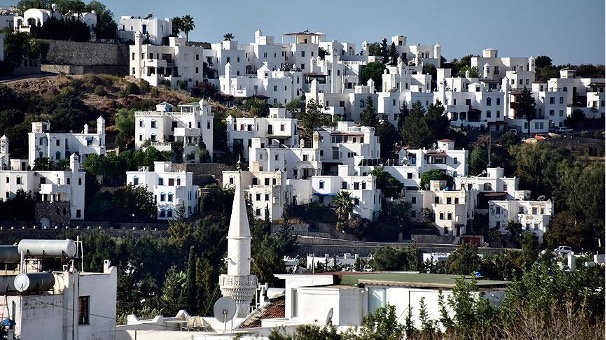
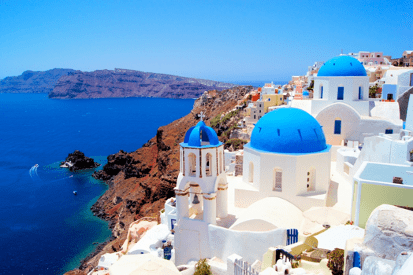
Local material
As seen in traditional architecture, the use of local materials on the facade is quite common. This choice creates many environmental and economic advantages while also giving the region a unique identity over time.
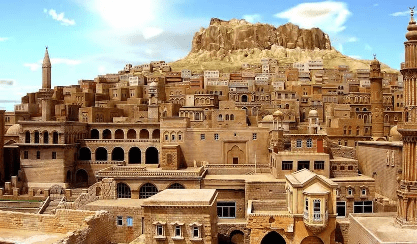
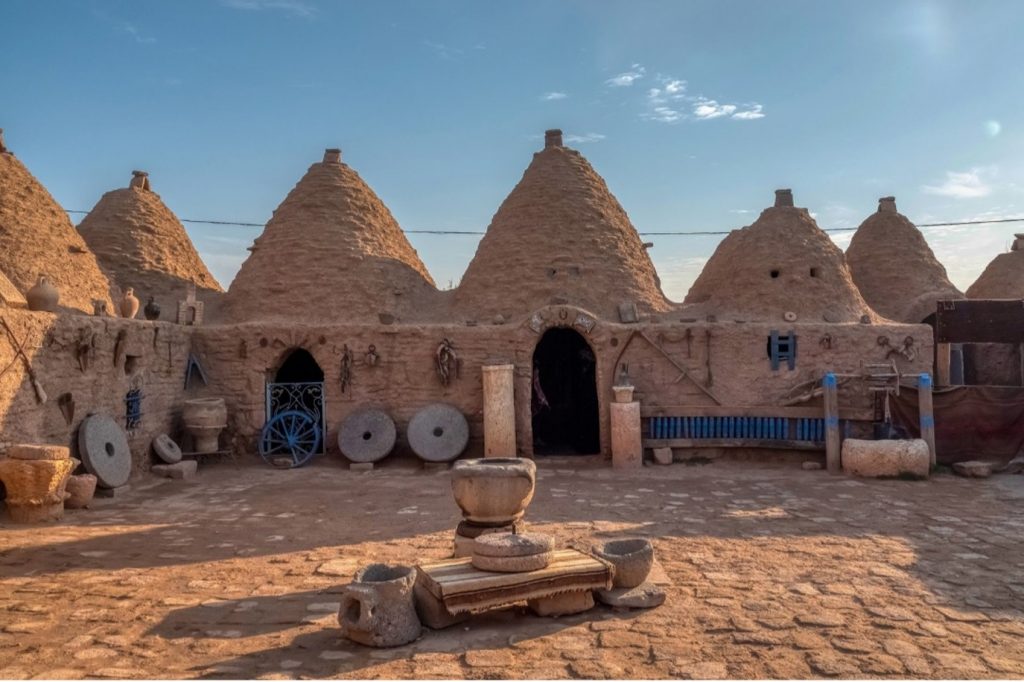
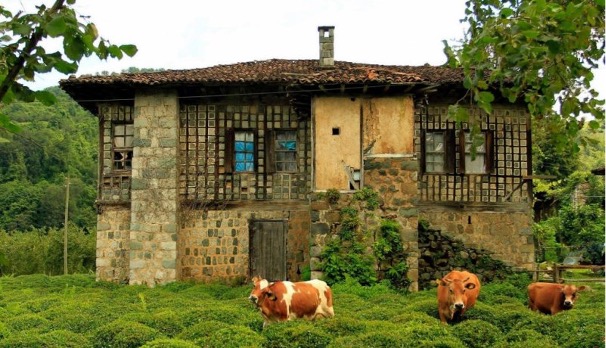
Aesthetic and Interpretive Use
Perhaps the biggest factor in design is the designer. The architect’s vision and creativity can determine the use of color purely for aesthetic purposes and based on interpretation. However, most of these interpretations are based on color theory and color harmony. Advancing technology and increasing material diversity have provided designers with great opportunities, increasing design freedom. As a result, over time, different designs have been reflected on building facades.
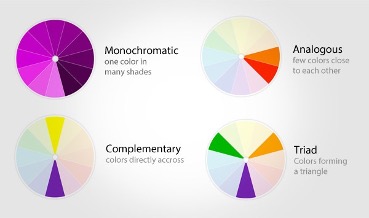
Gaudi used forms and colors in a different way. Organic forms, oval windows, colorful glass, and ceramics stand out.
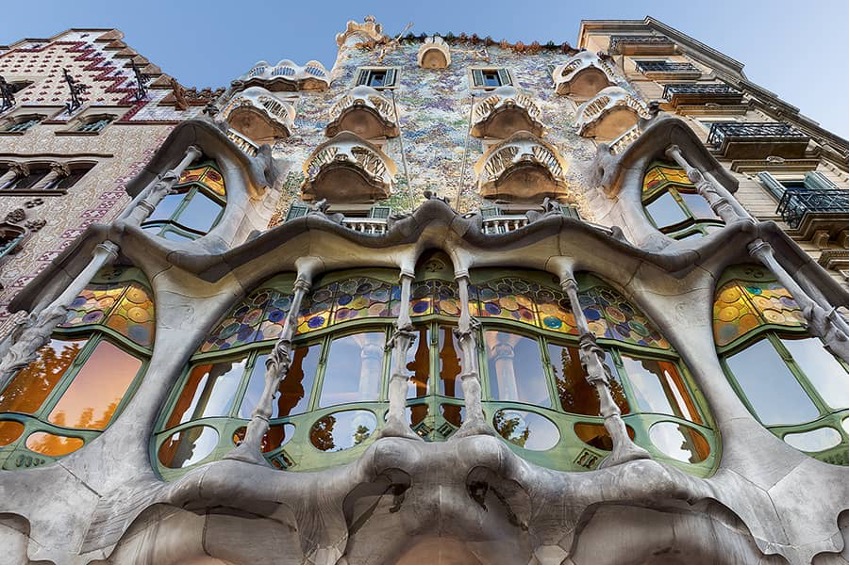
In the design of the Pompidou Center in Paris, Renzo Piano used different colors for architectural and structural elements belonging to different functions..
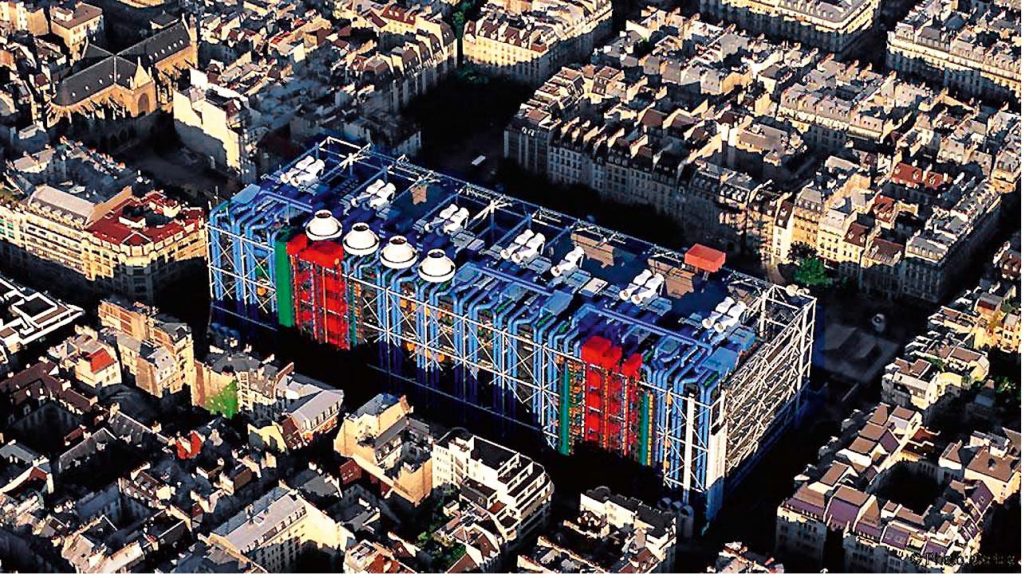
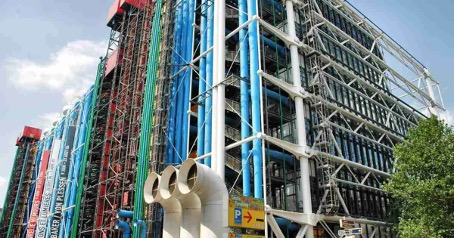
The structural elements have become more delicate over time, and with the contemporary architectural period, simplicity and transparency have become prominent in facades.
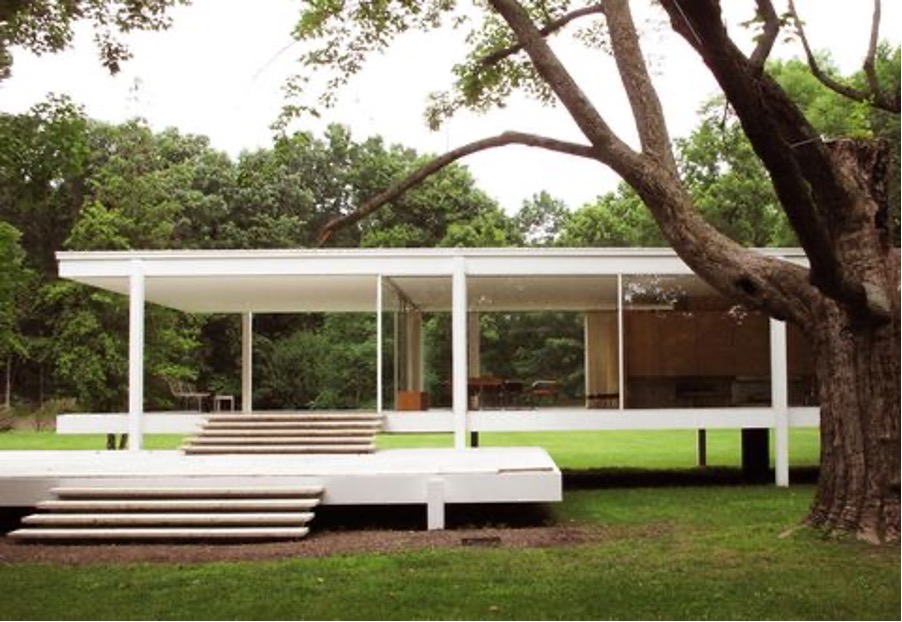
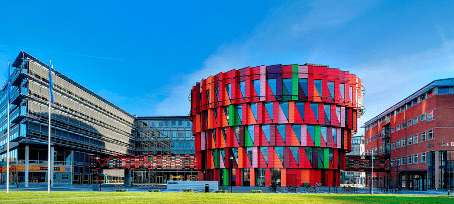
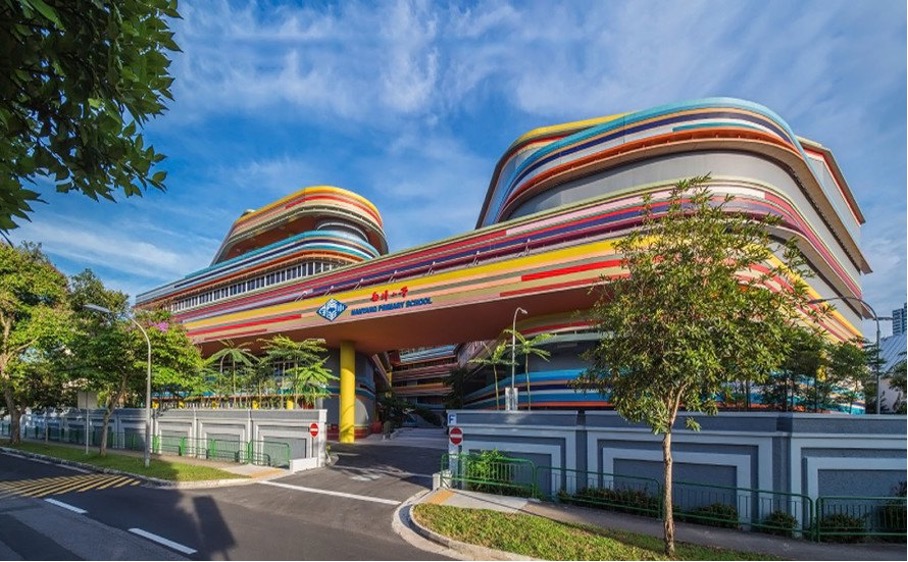
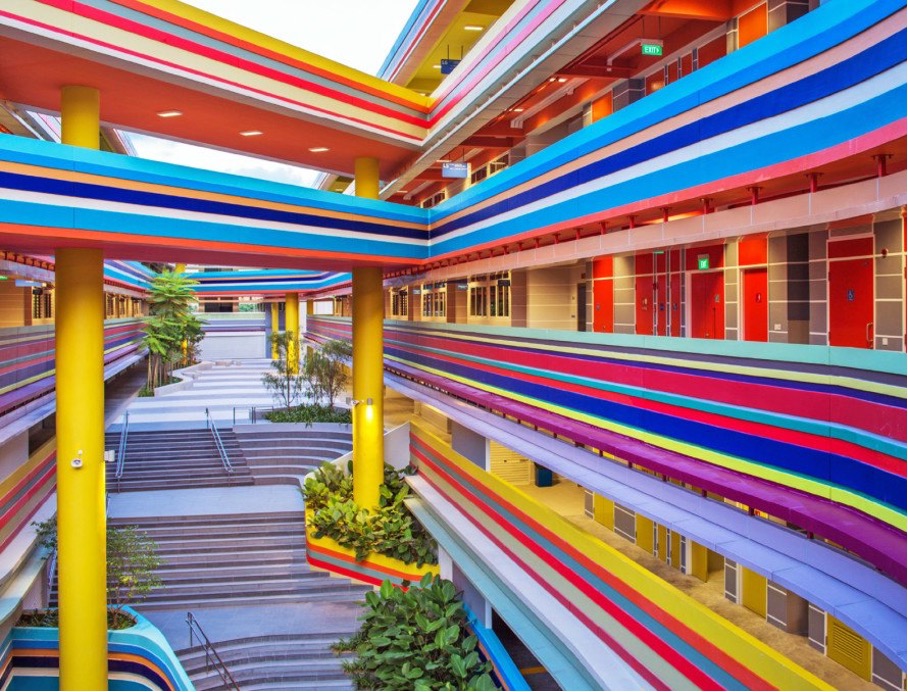
In our Ankara-Çiğdem child care center project prepared by Örmeci Architecture, we aimed to achieve a dynamic facade by using almost all tones in color theory and to make the building more fun for children.
